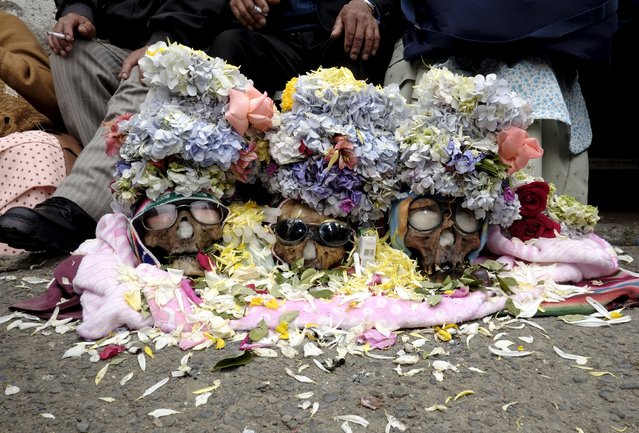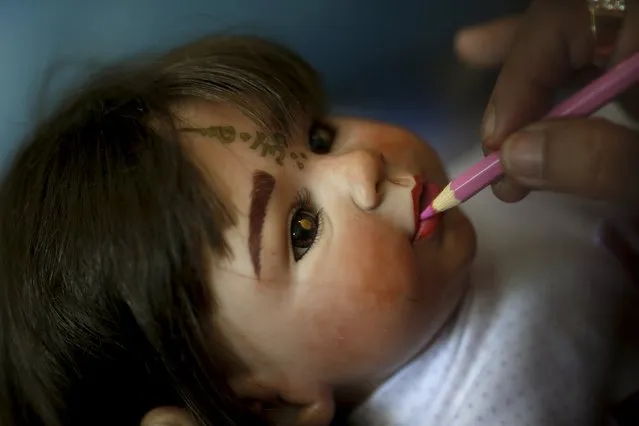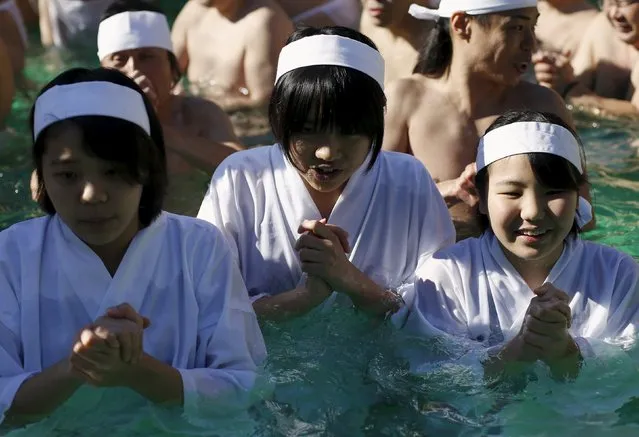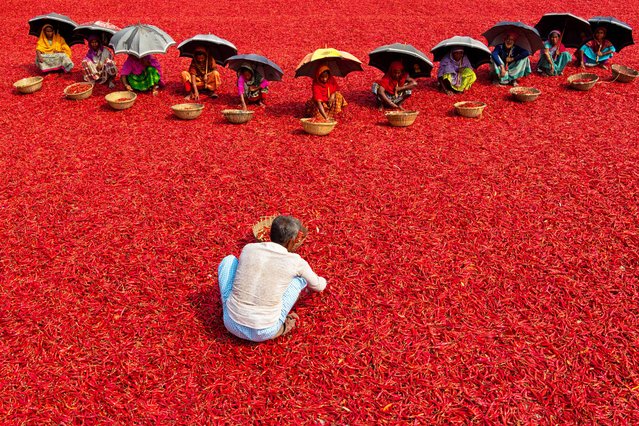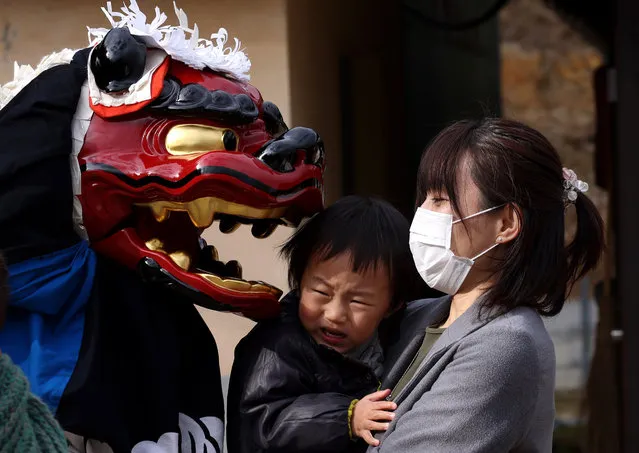
Thai officials inspect counterfeit watches before destroying them at Khlongluang Transportation Station in Pathumtani province, on the outskirts of Bangkok April 9, 2015. The counterfeit goods, which included piles of CDs, DVDs, handbags, clothes, brand name shoes, cell phones, caps, glasses, computers, cosmetics and watches are worth over 3.7 billion Thai baht ($ 115,790,901), according to local authorities. (Photo by Chaiwat Subprasom/Reuters)
10 Apr 2015 06:44:00,post received
0 comments


